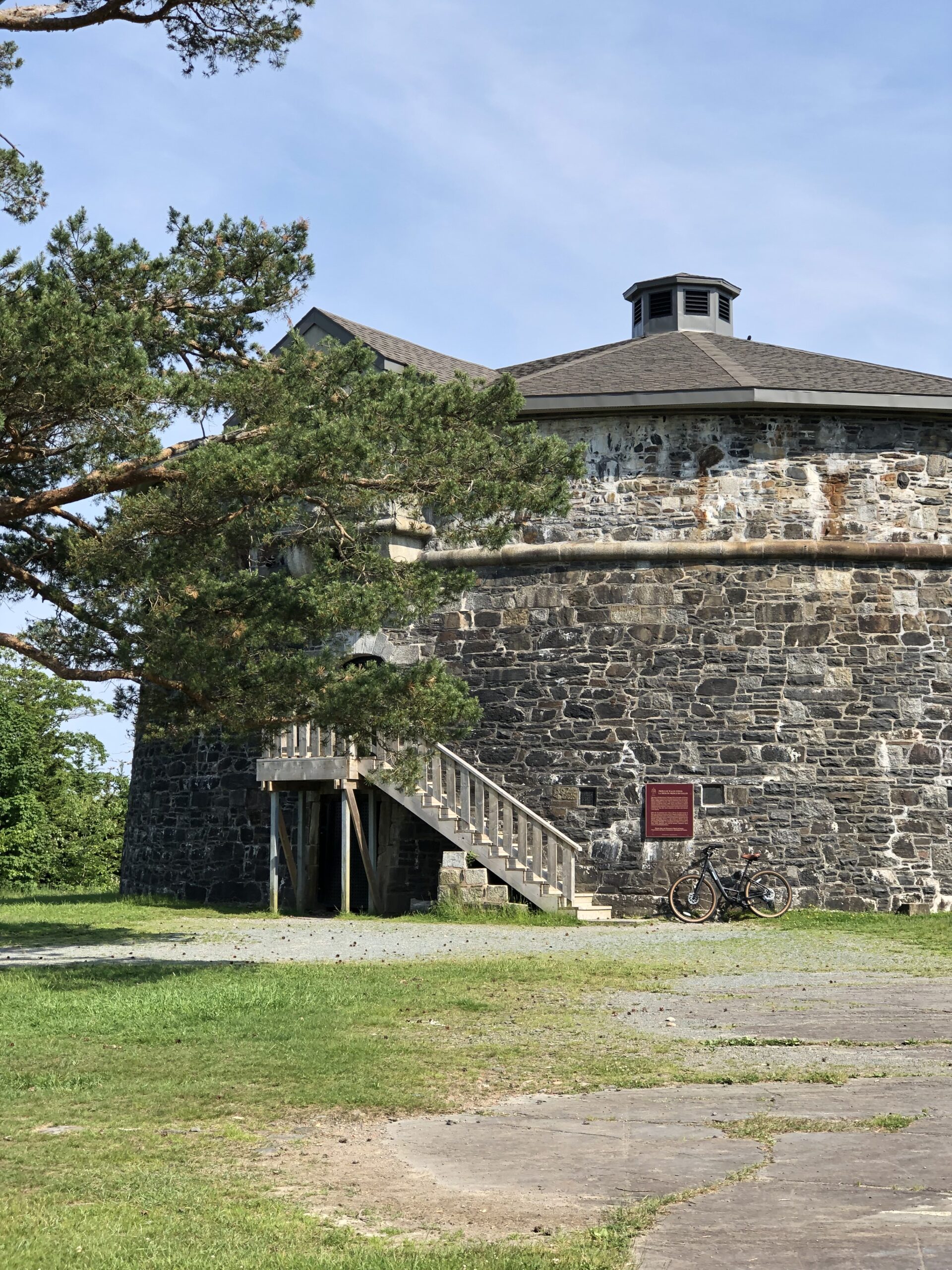#6 Historic & Cultural tracer: titanic cemetery & halifax explosion

introduction:
Nestled on the rugged shores of Nova Scotia, Halifax stands as a testament to Canada’s rich history and vibrant cultural tapestry. In this self-guided itinerary, we invite you to embark on a journey through time, unraveling the threads that weave the city’s past with its present. From the Halifax Explosion to the solemn Titanic Graves at Fairview Cemetery, Halifax’s historic and cultural tracer promises an enriching experience for every visitor.
* Please note this is an extension of our Downtown Halifax Route to include the Fairview Cemetary and additional stops for the Halifax Explosion. *
Stops included:
- Halifax Harbour
- Acadian Expulsion
- Drunken Lampposts
- Canadian Museum of Immigration at Pier 21
- Point Pleasant Park
- Prince of Wales Tower National Historic Site
- Black Rock Beach
- Halifax Public Gardens
- Halifax Citadel National Historic Site
- The Halifax Commons
- Halifax Armoury
- Fairview Cemetery
- Titanic Graves
Use our App:
Ensure a hassle-free and map-free cycling experience by downloading our free app. Simply select the route, press start, and mount your phone to your bike. (All our rental bikes are equipped with adjustable phone mounts.) With both audio and visual cues, effortlessly navigate the city and make the most of your journey.
Acadian Explusion
Here it is also important to note a major historical event in the founding of Halifax. In the period between 1755 and 1764 the British removed by force approximately 11,500 Acadians (total population of 14,100) and deported them along the 13 colonies reaching as far south as Louisiana (Cajuns are direct descendants of the Acadians). Acadians were the French settlers in this area, naming the area in which they settled Acadia, meaning the land of plenty. Looking out towards George’s Island, this was home to 1 of 4 forts use in the imprisonment of the Acadians before deportation.
Pier 21 – Gateway to Canada:
Pier 21 is often compared to Ellis Island in New York. Between 1928 and 1971, over 1 million immigrants passed through its doors. Pier 21 was one of three main entry points at the time, the other two being Victoria, BC and Quebec City. Pier 21 today is home to the Canadian Museum of Immigration. During the months of May to October the Museum is open 7 days a week.
Point Pleasant Park:
Nestled at the southern tip of the Halifax peninsula, Point Pleasant Park encompasses 185 acres of lush forests, winding trails, serene beaches, historic monuments, and military fortifications. This iconic landmark has played a pivotal role in the region’s history, transitioning from a significant Mi’kmaq gathering place known as Amntu’kati (“spiritual place” or “the place of spirits”) to a crucial British defensive site guarding the entrance to the harbor.
Public Gardens:
Founded in 1867, the public gardens is the oldest Victorian Gardens in North America, and the latin on the gates “E Mari Mereces” translates into “wealth from the sea”. We recommend locking up your bikes out front to explore the park for 15 to 30 minutes, as bikes are strictly prohibited. Washrooms and a cafe are located inside.

Highlights:
Halifax Harbour
Looking out towards the Harbour we can easily spot George’s Island (the smaller island with the Lighthouse) and MacNab’s Island. The Harbour’s first name was Jipugtug given by the Mi’kmaq first nation. It has since been anglicized as Chebucto. The Halifax Harbour is the second deepest natural harbor in the world. Original founded as a Military base against the French, there are various fortresses that we can see today in Halifax. For example, George’s Island is home to Fort Charlotte. You may be able to see some of the stone walls and the mast then used for communication between neighbouring forts. MacNab’s the much larger island towards the mouth of the harbor also has a number fortresses.


Halifax Explosion:
Delve into the somber history of the Halifax Explosion at Citadel Hill, Fort Needham Memorial Park, and the Hydrostone neighbourhood. The Halifax Explosion occurred on December 6, 1917, when two ships, the SS Mont-Blanc, a French cargo ship loaded with explosives, and the SS Imo, a Norwegian vessel, collided in the Halifax Harbor. The collision sparked a catastrophic explosion that devastated the city of Halifax, Nova Scotia. The blast resulted in widespread destruction, causing thousands of casualties, injuries, and extensive damage to buildings and infrastructure. The explosion was one of the largest non-nuclear man-made explosions in history at that time. The disaster led to significant humanitarian efforts, with immediate aid arriving from nearby cities and countries. The Halifax Explosion remains a pivotal event in Canadian history, shaping the city’s resilience and fostering a spirit of community and assistance during times of crisis.
Optional Route Extension: Fairview Cemetery & the Halifax’s Connection to the Titanic
For those with a penchant for history, extend your journey to Fairview Cemetery, where the Titanic Graves serve as a poignant reminder of the city’s connection to one of the most infamous maritime disasters.
As the closest port with rail access, Halifax sent out two ships to rescue any survivors from the Titanic. Already at sea, an American Freighter was able to reach the site quicker and all survivors were sent to New York. As a result, the ships sent from Halifax were known as the Death Ships, equipped with an undertaker and priest. What they brought back was more then 121 victims of the Titanic Tragedy. On the outskirts of Halifax, you can find the final resting place of those victims, many whom remained unidentified, at the Fair View Cemetery.
Conclusion:
Halifax’s historic and cultural tracer, condensed into a half-day itinerary, provides a glimpse into the city’s evolution and the diverse forces that have shaped it. As you traverse through key neighborhoods, from the waterfront to the North End, you’ll witness Halifax’s resilience, diversity, and unwavering commitment to preserving its rich heritage.
Tip: Grab a meal in the North End, savoring the local flavors that have evolved over time, and take with you the memories of a city that stands proudly at the intersection of its past and present.




